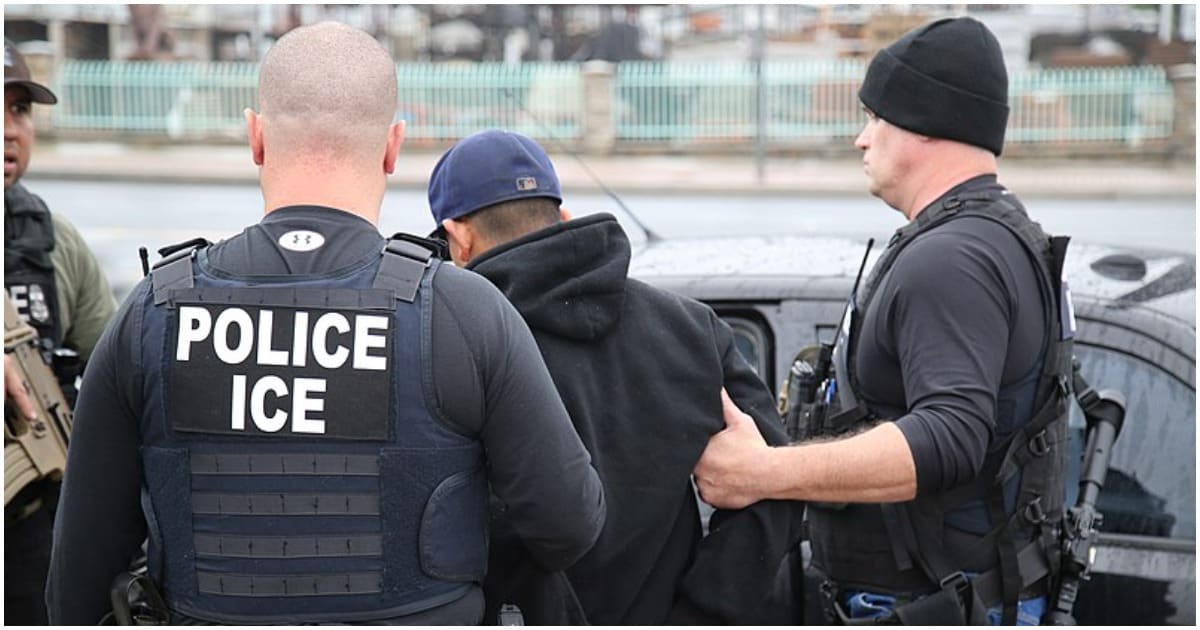Unless Congress and policymakers understand how weaponized migration is being used against the U.S., they won’t be able to solve the problem, foreign policy analysts warn.
More than 11 million foreign nationals, including gotaways, illegally entering the U.S. from all over the world is not an accident, military and foreign policy experts have warned. It’s called migrant warfare, The Center Square first reported. The European Commission, United Nations, NATO, and foreign policy institutes have identified hybrid warfare being used in Europe, including migrant warfare, to shape national and international policies.
The United States is also being targeted by foreign adversaries through “weaponized migration,” Kelly Greenhill, a senior research scholar at MIT Center for International Studies and author of “Weapons of Mass Migration,” wrote in an analysis.
“The United States has been an especially frequent target, with the tactic used against nearly every U.S. administration from Dwight Eisenhower’s in the 1950s through George W Bush’s in the first decade of this century,” she wrote. Western governments do not appear to understand how migrant warfare is used to exploit “political divisions that exist within the targeted states.” Engineering the movement of people across international borders “has long been a distressingly effective policy instrument, and it is unlikely to go away anytime soon,” she said. “Unless policymakers begin to confront the forces that enable weaponized migration, the favored policy responses seem destined to increase, rather than curtail.”
She highlighted examples of how weaponized migration has been used to achieve desired outcomes in multiple countries, noting that Cuba and Haiti have used the tactic against the U.S. for decades.
“When weaponized migration is used, it is often successful,” she wrote. Of the 81 cases she identified worldwide since 1951, the tactic achieved the anticipated objective. Targets are disproportionately liberal democracies, she noted, and the effectiveness of weaponized migration “as a method of coercive statecraft depends on the attitude and politics of the targeted country.”
The policies of Department of Homeland Security Secretary Alejandro Mayorkas have been made clear in three key documents: the U.S. Strategy for Addressing the Root Causes of Migration in Central America, the Collaborative Migration Management Strategy, and the Los Angeles Declaration of Migration and Protection, which 21 countries endorsed in June 2022. The Los Angeles Declaration “specifically lays out the goal of collectively expanding access to regular pathways for migrants and refugees into the United States,” the Department of Justice states in a February 2023 “Circumvention of Lawful Pathways” rule published in the Federal Register.
Through the Los Angeles Declaration, in June 2022, the U.S. committed to resettle 20,000 “refugees” from the Americas during fiscal years 2023 and 2024. In fiscal 2022, the federal government issued more than 19,000 H-2 visas to Guatemalans, Hondurans and Salvadorans, a 94% increase from the previous fiscal year.
The rule explains how more Cubans and Nicaraguans were arriving at the southwest border in the fall of 2022 “because neither country accepts removals of their nationals at the rate that the United States seeks to remove them.” As a result, “these challenges” prompted Mayorkas in January 2023 to adopt new parole processes for Cubans, Haitians and Nicaraguans to process them into, not remove from, the United States.
Twenty states sued over Mayorkas’ “lawful pathways” parole programs and lost their first round in court. The U.S. House Committee on Homeland Security identified over a dozen parole programs as illegal and as part of its evidence to impeach Mayorkas.
The DOJ rule also states that “applicants who do not qualify for asylum in Mexico are automatically considered for complementary protection in the United States,” and describes how the State Department is partnering with Guatemala and other countries to move foreign nationals into the United States. On March 15, 2022, the U.S. and the government of Costa Rica signed a migration arrangement to “collaboratively manage migration and expand legal pathways and access to protection,” for example.
Mayorkas created “refugee processing centers” in other countries for the first time in U.S. history, The Center Square first reported. He also expanded processing facilities along the southwest border. In January 2021, DHS allocated $669 million to build and operate 10 soft-sided processing facilities and transferred 10,000 federal personnel from other agencies to them to help move more foreign nationals into the country.
With unprecedented numbers of people from all over the world arriving at U.S. borders in response to Mayorkas’ policies, U.S. Border Patrol chiefs have explained how transnational criminal organizations facilitate illegal activity and pull agents from their primary mission of border security. As a result, retired FBI counterintelligence and the FBI director have repeatedly warned a terrorist attack is more likely to occur.
House Republicans argue Mayorkas has created the border crisis and his recent funding request and the Senate border bill will only facilitate these policies, The Center Square has reported.
By contrast, Texas counties that have declared an invasion, argued safeguarding the constitutional sovereign authority of states must be prioritized to protect citizens.
Bethany Blankley
Go to Source
Reposted with permission


![Mandela Barnes Said ‘Reducing Prison Populations is Now Sexy’ [VIDEO] Reducing Prison Populations is Now Sexy](https://www.wisconsinrightnow.com/wp-content/uploads/2022/09/Collage-Maker-14-Sep-2022-11.44-AM-265x198.jpg)







![Author Exposes the Tragic Realities of the 2020 Riots & the ‘Gaslighting of America’ [REVIEW] julio roses](https://www.wisconsinrightnow.com/wp-content/uploads/2025/11/MixCollage-21-Nov-2025-02-08-PM-8145-265x198.jpg)

